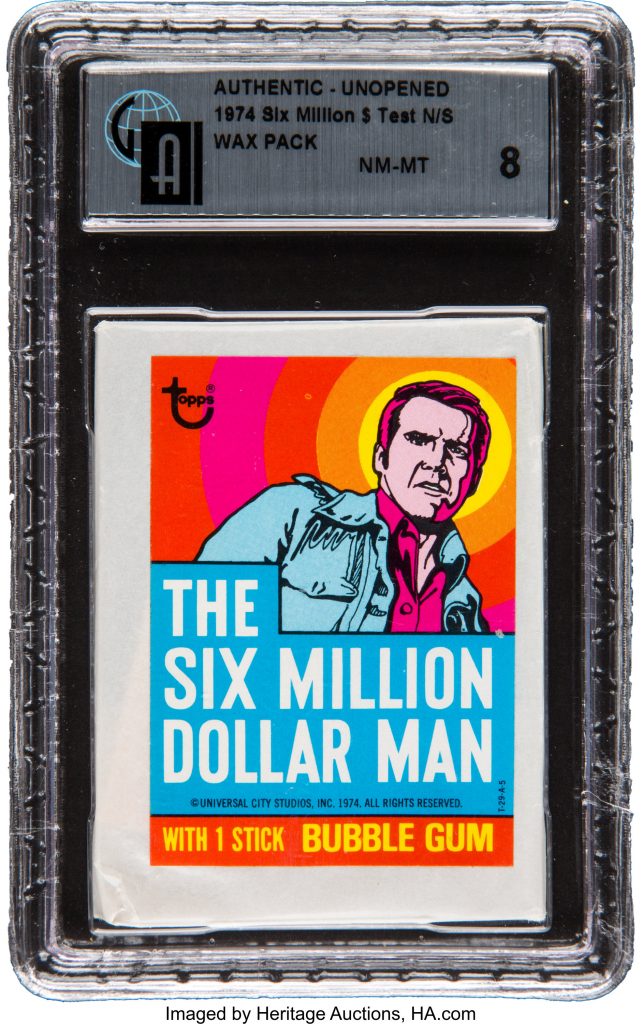
By Jim O’Neal
In 1960, I was delighted when Continental Can transferred me from the Bondware Division (paper cups, plates and cottage cheese tubs) to the flexible packaging plant in South Gate, Calif. It was a much shorter drive and I was finally off the wretched swing shift (3-11 pm). In addition to being a “day job” in charge of accounts payable, all the men wore suits and ties, even on Friday. The issue was I didn’t own a suit.
However, I soon had five (one for every day) after Duke Snider recommended Academy Award Clothes in the garment district at 817 S. Los Angles St. On my first shopping trip, I spotted actor John Forsythe (Bachelor Father and later Charlie’s Angels). I had picked out a solid blue and a classic black plus three pinstripes and asked him for his opinion. He said they were OK, but added “with your build, you’d look much better in a Louis Roth.” Since I was so naïve, I gave it some thought, but without a clue for what a Louis Roth was. A man or a brand?
Roth (1884-1968) was born in Warsaw, Poland, and emigrated to the United States when he was 17. He started out in New York and after a honeymoon in Southern California, decided to relocate to Los Angeles. He founded Louis Roth & Co. in 1924 and would subsequently acquire Kuppenheimer Clothes of Chicago, Burberry’s International of New York, and Baker Clothes of Philadelphia.
Then on Aug. 23, 1976, in a cover story for New York magazine, author Tom Wolfe penned an essay that labeled the 1970s the Me Decade. In perhaps the most famous passage, Wolfe called presidential candidate Jimmy Carter, who was Born Again, a “missionary lectern-pounding Amen ten-finger C-major-chord Sister-Martha-at-the-Yamaha-keyboard loblolly piney-woods Baptist.” It didn’t seem to affect Carter, since he went on to defeat Gerald Ford in the only Democratic victory in a presidential election held between 1968 and 1992. Ford won 27 states, the most ever carried by a losing candidate. And the Me Decade name stuck, as well.
Coming off the free-wheeling, fun–loving 1960s, many people embraced social decadence with an enthusiasm not seen since the roaring ’20s. It seemed that whatever your vice (drugs, sex or rock ’n’ roll), it was there for the tacking. However, the absolute nadir of the Me Decade was … the leisure suit … a fashion trend that tried to blend the classic respectability of the business suit with the comfort of casual Friday. Predictably, it ended with disastrous results.
Typically made of polyester, leisure suits had buttoned jackets with wide lapels, large pockets and pants that flared into bell bottoms. Adding to their garish appearance was large, decorative stitching that contrasted with the suit color. Even worse were the colors: burnt orange, crimson, pink, saffron, cinnamon, tangerine and powder blue. Since ties were by definition passé, men complemented it with a silk or polyester shirt … undone … and the collars worn outside the jacket, with easy accessorizing with cheap bling.
Surprisingly, although associated with the ’70s, it was actually introduced after the war as casual vacation wear for the affluent. And the first true leisure suits were produced by Louis Roth Clothing and made out of wool gabardine. They had belted jackets with a pleat in back and sold for $100-plus, four to five times what off–the–rack suits cost in fine men’s stores.
Leisure suits had a great run on TV with The Six Million Dollar Man (Lee Majors) and in the movies, with Rollerball (James Caan). At their height, they were sold in virtually every department store and were ubiquitous in business and social scenes. Regardless of class or status, everyone was equal in a leisure suit. Then came the backlash from fashion experts like John Molloy, who declared leisure suits inappropriate for the office. The author of Dress for Success called them fads for fools!
Louis Roth died in 1968 and is buried in Hollywood Forever Cemetery, which is the final resting place for Tyrone Power, Douglas Fairbanks, Mickey Rooney and hundreds of Hollywood legends including Toto (The Wizard of Oz) and Dorothy Gale (Judy Garland). I never owned one of his suits with the sloping shoulders that were his unique design. He is still considered a master when it came to thread and needles.
 Intelligent Collector blogger JIM O’NEAL is an avid collector and history buff. He is president and CEO of Frito-Lay International [retired] and earlier served as chair and CEO of PepsiCo Restaurants International [KFC Pizza Hut and Taco Bell].
Intelligent Collector blogger JIM O’NEAL is an avid collector and history buff. He is president and CEO of Frito-Lay International [retired] and earlier served as chair and CEO of PepsiCo Restaurants International [KFC Pizza Hut and Taco Bell].
